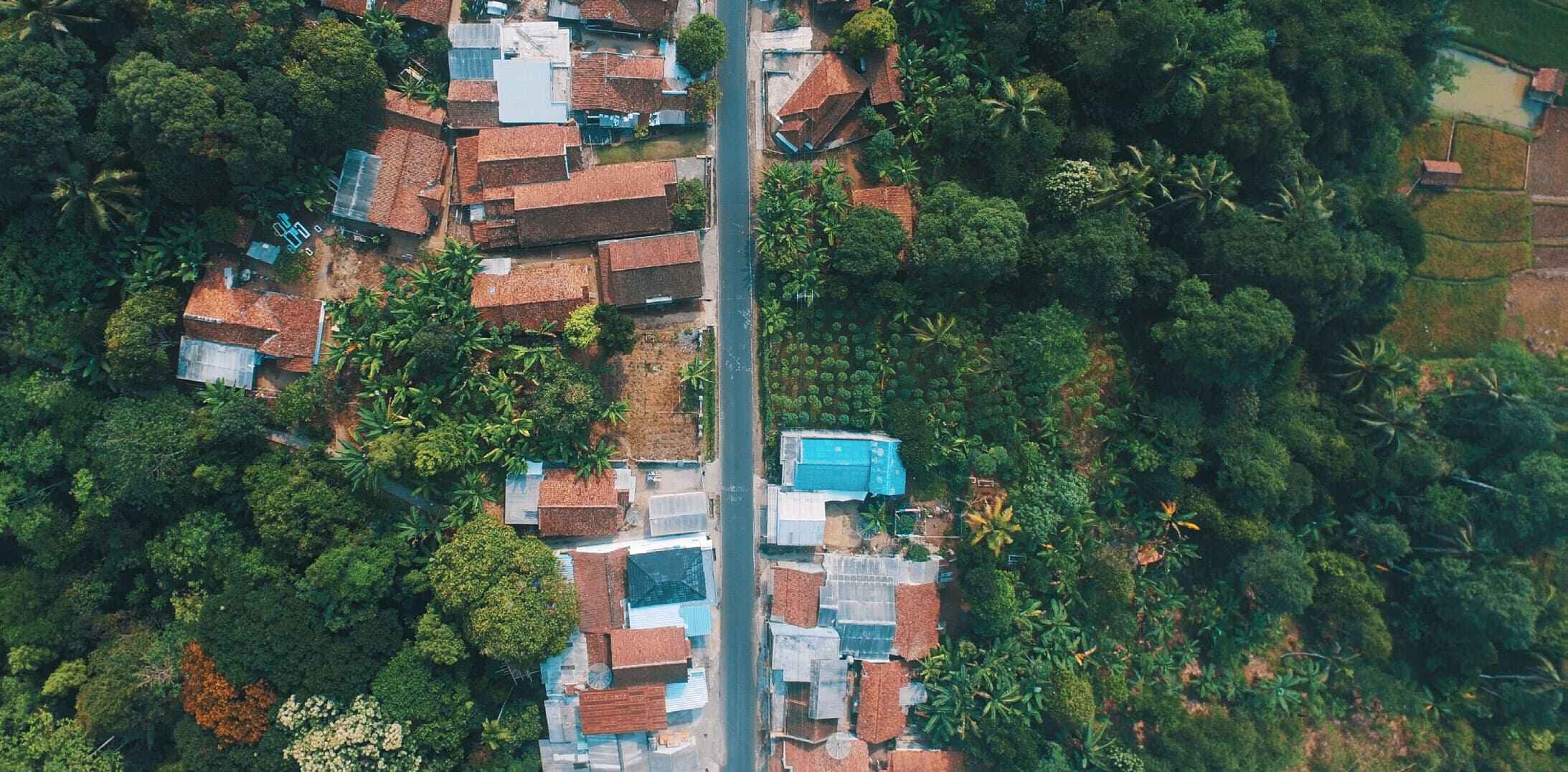
A Pune-based organization aims to make the city the first Urban Forest of India but can such a model withstand climate change? The Indian Ministry for Environment, Forests and Climate Change had made an announcement back on June 5, 2020 (World Environment Day) regarding the Implementation of the Nagar Van Scheme. The scheme aims at creating and promoting urban forestry across 200 Indian cities between the period of 2020-25. As per a report by The Third Pole, no progress was tracked between the years 2016-20, when a similar announcement was made by the then minister Prakash Javadekar in 2016. However, the scheme was finally kicked off in New Delhi this year during the ‘Hariyali Mahotsav’ on July 8, 2022. The scheme is at present being implemented in 75 Indian cities. As per a press release by the MOEFCC dated August 1,2022, the pilot scheme aims at developing 400 Nagar Vans and 200 Nagar Vatikas in the period from 2021 – 2025. Urban Forests as Carbon Sinks Cities around the world are responsible for over 75% of CO2 emissions and a healthy tree can store up to 13 pounds of carbon annually. Trees also help control stormwater run-off which is becoming a massive problem in India year after year. Tokyo, Belfast, Singapore, are great examples of cities which have taken urban forestry to the next level. Urban forests are cropping up as the best nature-based solutions to climate-resilience cities. However, they are also prone to the impact of climate change if not planned and regulated well. The Anandvan Model Pune was known for its pleasant climate all throughout the year. However, rapid urban development has increased the climate vulnerability of the city in the past few years, with erratic monsoon showers and extremely high temperatures during summers. As per IMD’s Retired Director General Ranjan Kelkar, high-rises, constructions and deforestation are among the major reasons for a warmer climate. The Anandvan Mitra Mandal is an NGO based out of Pune which aims at making the city the first Urban Forest of India. Apart from 6 core committee members, this is a completely community-driven initiative that has helped transform over 50 acres of barren land into forested area in Pune, with 150 acres more in progress. They work on land given by the forest department and aim at cultivating native species in order to facilitate better tree health and provide a space for migratory and native birds. Cost and Maintenance are cited as the biggest difficulties in Urban Forestry because Urban trees die quickly due to the polluted environment around them. “ All the committee members do not take salaries from the NGO and pool in our own money for this initiative. Companies who engage in CSR activities are also among the biggest stakeholders in this initiative. We ensure that these green patches are a little distant from the main streets and follow the Japanese Miyawaki technique of forestry. These help grow trees vertically and closer to each other,” said Mr Vishal, the Vice-President of Anandvan. Land encroachment is another massive problem that Vishal felt could be tackled. He cited the 2019 protests against the HCMTR project over the cutting of hills and green cover. “This is a very strong community driven initiative, we will not let anything happen to these green patches.”
10 Oct 2022
Paridhi Maheshwari